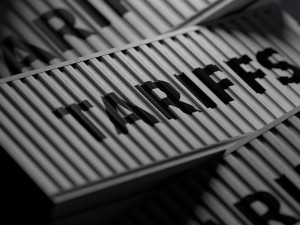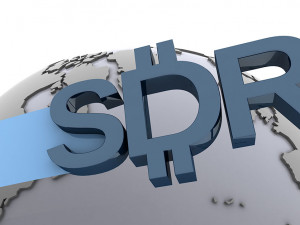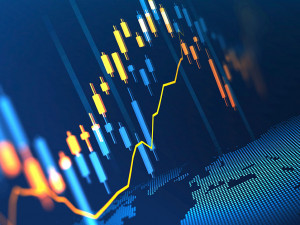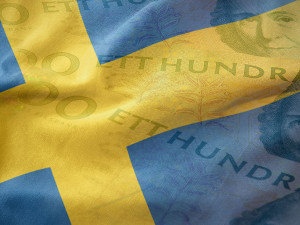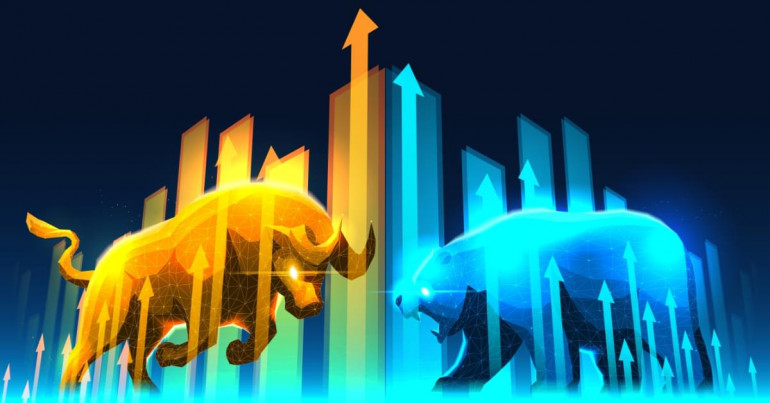
If you follow our regular market updates, then you’ve likely come across a rather unlikely cast of characters that may not seem to have much to do with the world of foreign exchange at first. However, bulls, bears, hawks and doves are all common descriptors of different market behaviours or attitudes in our industry: here’s what they actually mean.
Putting a name to the characteristics of the market
Like any sectors, foreign exchange and other financial service businesses have evolved their own jargon, based in this case around animals that fall into two pairs: bears and bulls; and hawks and doves.
They can be descriptors of market sentiment – the dominant attitude of investors towards the future of a particular market, in this case foreign exchange – or to describe policies or individuals who impact the market. For example, a particular member of the Bank of England might be “hawkish” or “dovish”.
Let’s look at what our two pairs mean in turn (and if you’re wondering about a fifth animal, the black swan, we’ve already explained it here.
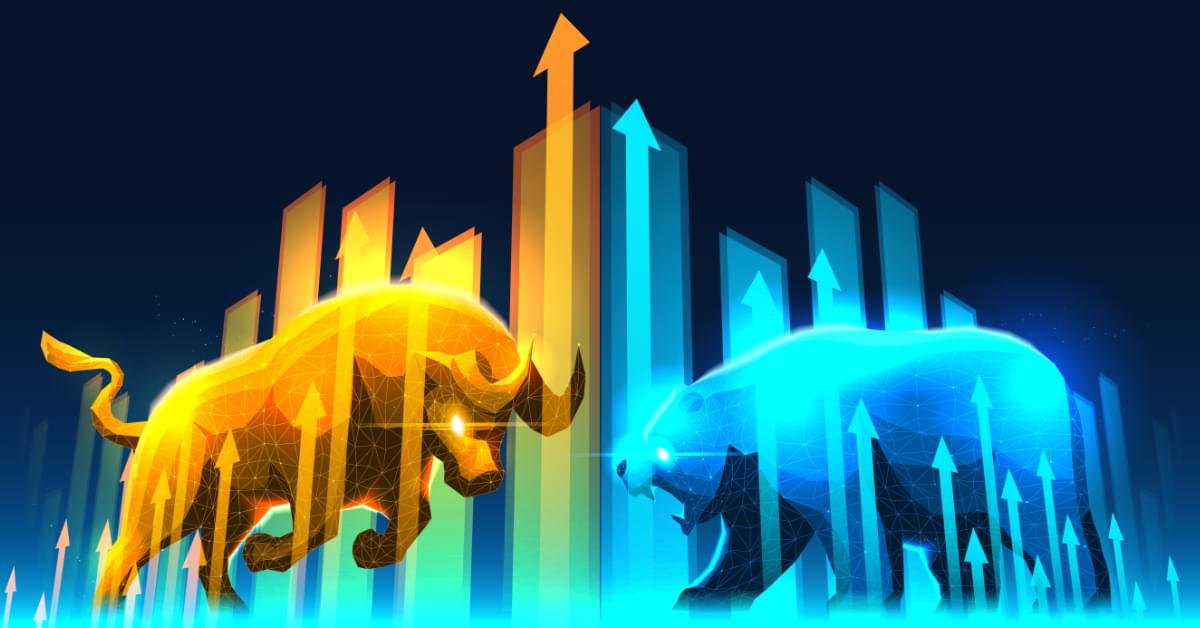
Bulls and bears: optimism versus caution
Our first pair, bulls and bears, refers to expectations around what a market will do in the future and whether it will rise or fall.
What is a bull market?
If there’s a bull market, otherwise described as the market being bullish, then it means that investors are by and large optimistic that the market is on the rise. Originating in the stock market, in that context this would mean that security prices are rising.
There’s speculation that the term comes from the old practice of bull-fighting; it certainly has a long history, with some records showing it dating back to 1882.
Now, in an FX context, we would largely see it used in two ways.
Most commonly, we’d see it used to describe when views on the economy generally have it on the up. For example, in May this year, we discussed the industry taking a bullish view of the US economy as fears over a potential recession began to fade.
We might also refer to policymaking in the same way. For instance, in October 2022, the market was waiting expectantly for the US Federal Open Market Committee (FOMC), which sets interest rates among other tasks, to release its minutes with a hopefully bullish stance.
What is a bear market?
By contrast, a bear market refers to when investors and the market are much more sceptical about improvement in the market, expecting prices instead to fall. In the stock market, the description can be a little stricter, usually looking for a decline of 20% or more in a particular index over a two-month period.
In the world of foreign exchange, however, we use it more generally to refer to an expected drop in the economy. For example, the current Governor of the Bank of England, Andrew Bailey, was described as bearish on the UK economy in March 2022 as the nation grappled with the shocks of both post-pandemic recovery and Russia’s invasion of Ukraine.
Likewise, we could also describe individuals as being bearish. At the same time as above, we saw some market commenters being called ultra-bearish based on predictions of extremely low Eurozone growth.

Hawks and doves: high versus low interest rates
Our second pair, hawks and doves, refers to specific positions taken on interest rates – a particularly topical point in this time of rising rates.
What is a hawk in financial markets?
A hawk is an economic policymaker, commentator or advisor who believes that inflation should be controlled by rising interest rates. The argument is that high interest rates will help to tame inflation by making it more advantageous to save money, causing consumer spending and therefore demand to drop. On the other hand, this can also lead to a slowdown in economic growth and employment.
Hawks have predominated in many of our key countries in recent years. This June, for instance, we talked a lot about hawkish tendencies among the European Central Bank (ECB) – including Christine Lagarde – and the willingness to “out-hawk” the US Federal Reserve. In the same update, we discussed the difficult choices facing the Bank of England, which has continued to adopt a hawkish approach but could face the prospect of reversing course with an emergency rate cut, if the UK were to fall into recession in Q4 of this year.
What is a dove in financial markets?
The other half of our pair is the dove. As you may guess, they tend to favour low interest rates over continual increases. In some ways, this comes from a difference in focus, with dovish policy-makers placing greater emphasis on using low interest rates to grow jobs, meaning they focus more on metrics like unemployment/employment than on inflation.
Hawks, of course, are in more or less direct opposition to this, arguing that a dovish position will only lead to long-term inflation with significant damage to the economy.
We’ve seen, for instance, how some members of the Bank of England’s powerful Monetary Policy Committee have gone against the prevailingly hawkish tone. Silvana Tenreyro spoke out in April this year of her view that the BoE needs to cut rates to avoid “a significant inflation overshoot”.
Dovish members of the ECB’s Governing Council, despite Christine Lagarde’s hawkish tendencies, did also manage to win some concessions by reducing rate hikes to 25 basis points, instead of 50.
How do these impact the foreign exchange markets?
As we’ve discussed previously, the foreign exchange markets are impacted by a wide range of factors – and policy and market sentiment feature prominently. If the market is seeming to be bearish, as it has been in the Eurozone this June, with Lagarde sticking to a hawkish course based on the likelihood of inflation remaining high for too long, we can see losses in the relevant currency. In this case, we saw the euro continue to drop against the pound and the dollar.
However, this isn’t predictable. If we rewind to the first Covid-19 lockdown, we saw a strong bearish sentiment around the pound’s long-term prospects. Based on this, you might have expected it to drop significantly. However, in this case, it actually held its position against USD, buoyed up by the weakness of the dollar as state aid ended.
That’s why it’s so crucial that you stay informed – make sure you’re subscribed to our market updates – and have protected your money against any sudden market movements. To find out how you can do that, be sure to read our introduction to forward contracts: the easy way to lock in a favourable exchange rate for up to a year, no matter what the markets do.
Alexander Fordham
Alexander is a writer specialising in foreign exchange and finance for companies with cross-border exposure. He’s written on topics including currency risk, international taxation and global employment for seven years. You can find him out hiking, travelling and working from Spain in the sunnier months.
